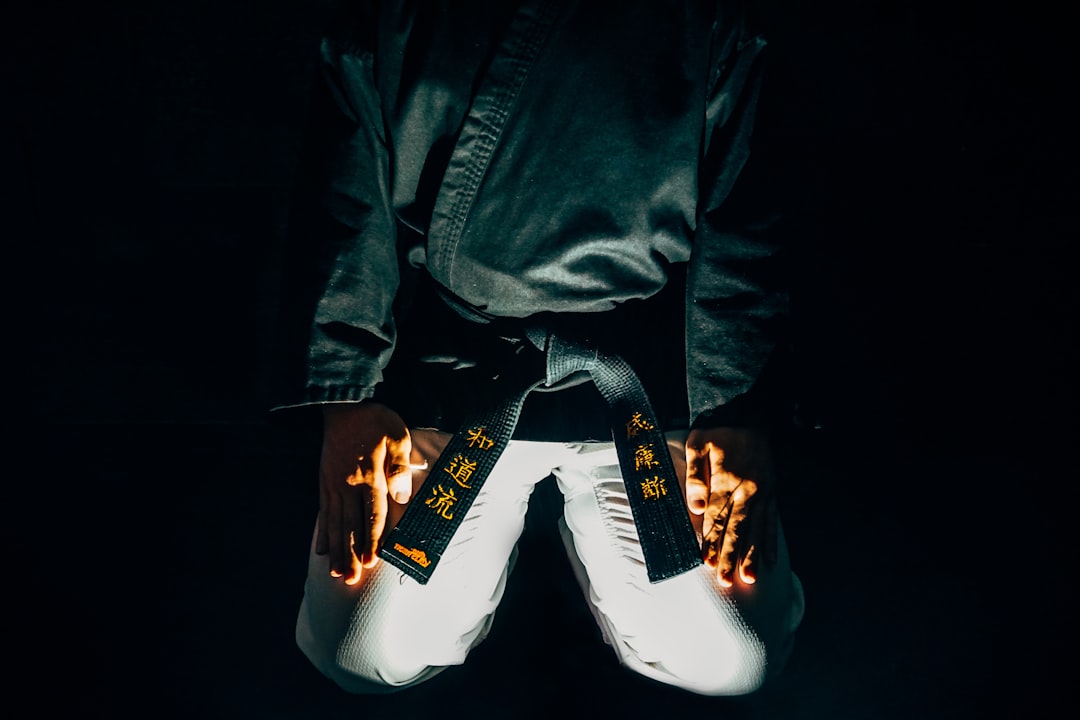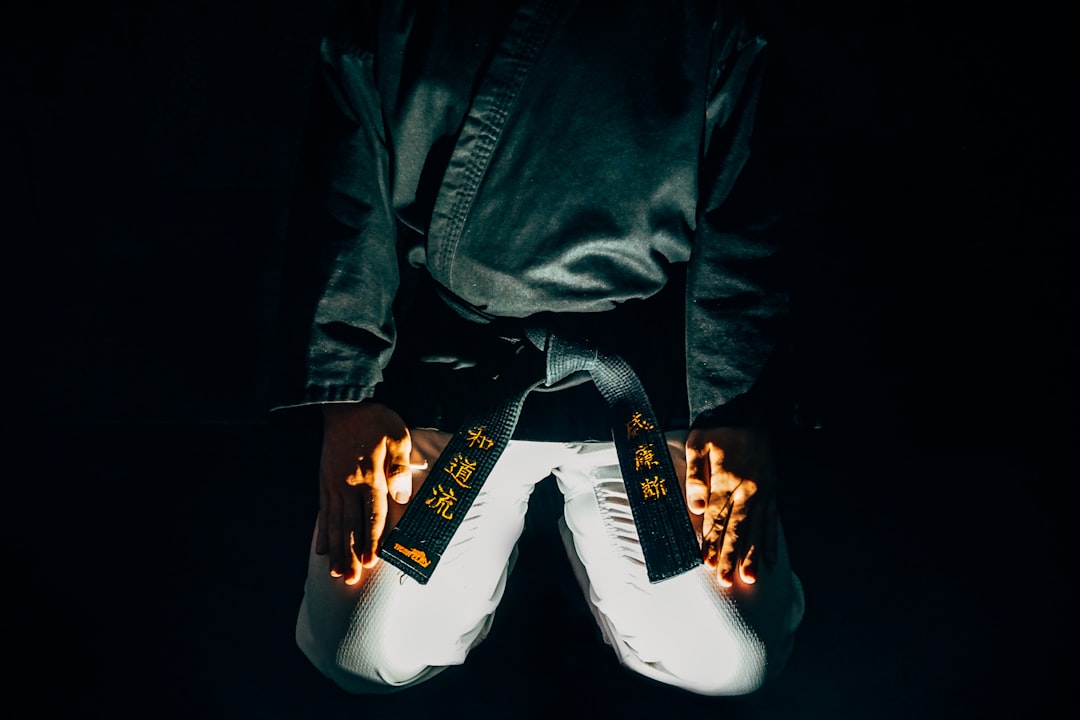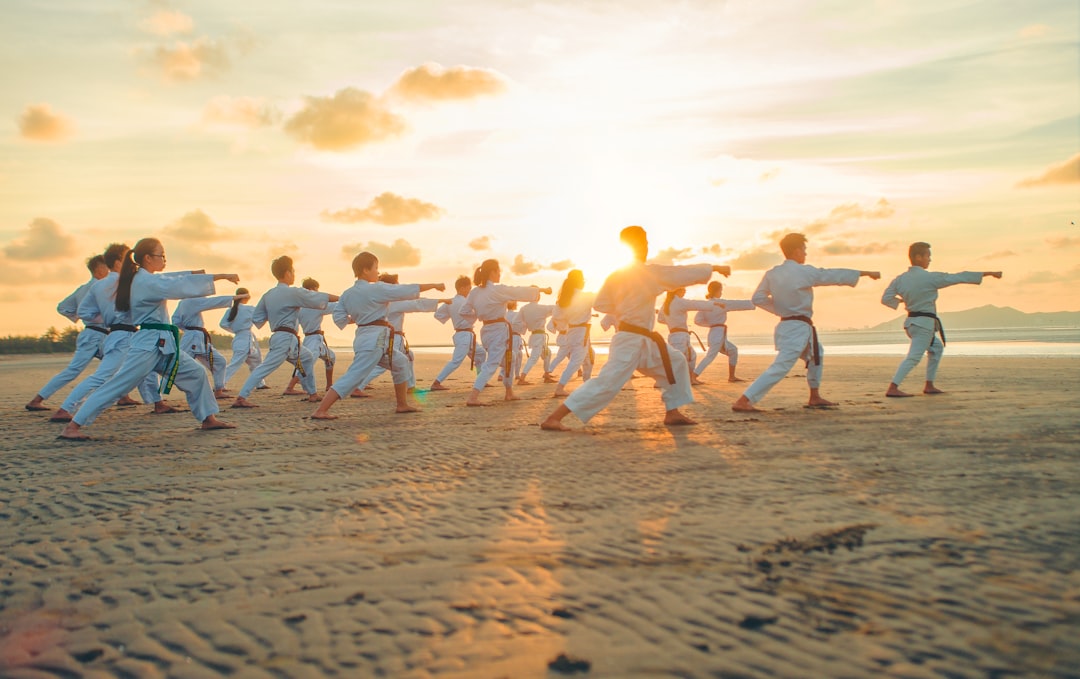Unveiling the Essential Karate Outfit: A Comprehensive Guide
Karate enthusiasts, whether training at home or in a dojo, require specialized attire to enhance performance and safety. This article delves into the world of karate outfits, exploring traditional and modern components. From understanding the basic elements like gi, belts, and footwear, to choosing the right gear for comfort and durability, we cover it all. Learn how to equip yourself optimally for an effective train karate at home experience while considering historical context, personal style, and essential accessories.
- Understanding the Basic Components of a Karate Outfit
- – Explanation of traditional and modern attire
- – Historical context of karate gear
- Key Items in a Training Karate Outfit for Home Practice
Understanding the Basic Components of a Karate Outfit

When it comes to train karate at home, having the right attire is essential for both comfort and functionality. The basic components of a karate outfit, or karate gi, typically include a jacket (known as keikogi or dobori) and pants (hakama). The keikogi is usually made of lightweight fabric like cotton or polyester and serves as the upper garment, while hakama are wide-leg pants that provide both protection and balance during training.
These garments are designed to accommodate the full range of motion required in karate exercises and forms (kata). For men, traditional karate outfits often feature a plain white keikogi with black hakama, while women may opt for similar designs or slightly different styles that cater to their physical needs. The outfit’s simplicity allows practitioners to focus on technique and skill development during their train karate home sessions without distractions from clothing.
– Explanation of traditional and modern attire

Traditional vs Modern Karate Attire
When it comes to karate attire, there is a clear distinction between traditional and modern wear. Traditionally, practitioners wore simple, loose-fitting clothing that allowed for ease of movement. This often consisted of a cotton kimono or gi, which was tied at the waist with an obi belt, providing both comfort and modesty during training sessions at train karate home. The uniform was typically made from lightweight materials to prevent any hindrance during intense physical activities.
In modern times, karate attire has evolved to include more specialized gear. While some traditional elements remain, such as the belt (now often color-coded to indicate rank), contemporary karate outfits are designed for functionality and performance. These uniforms, usually crafted from synthetic fabrics, offer better breathability and quick-drying properties, ensuring practitioners stay comfortable during rigorous exercises or competitions at train karate home.
– Historical context of karate gear

Key Items in a Training Karate Outfit for Home Practice

